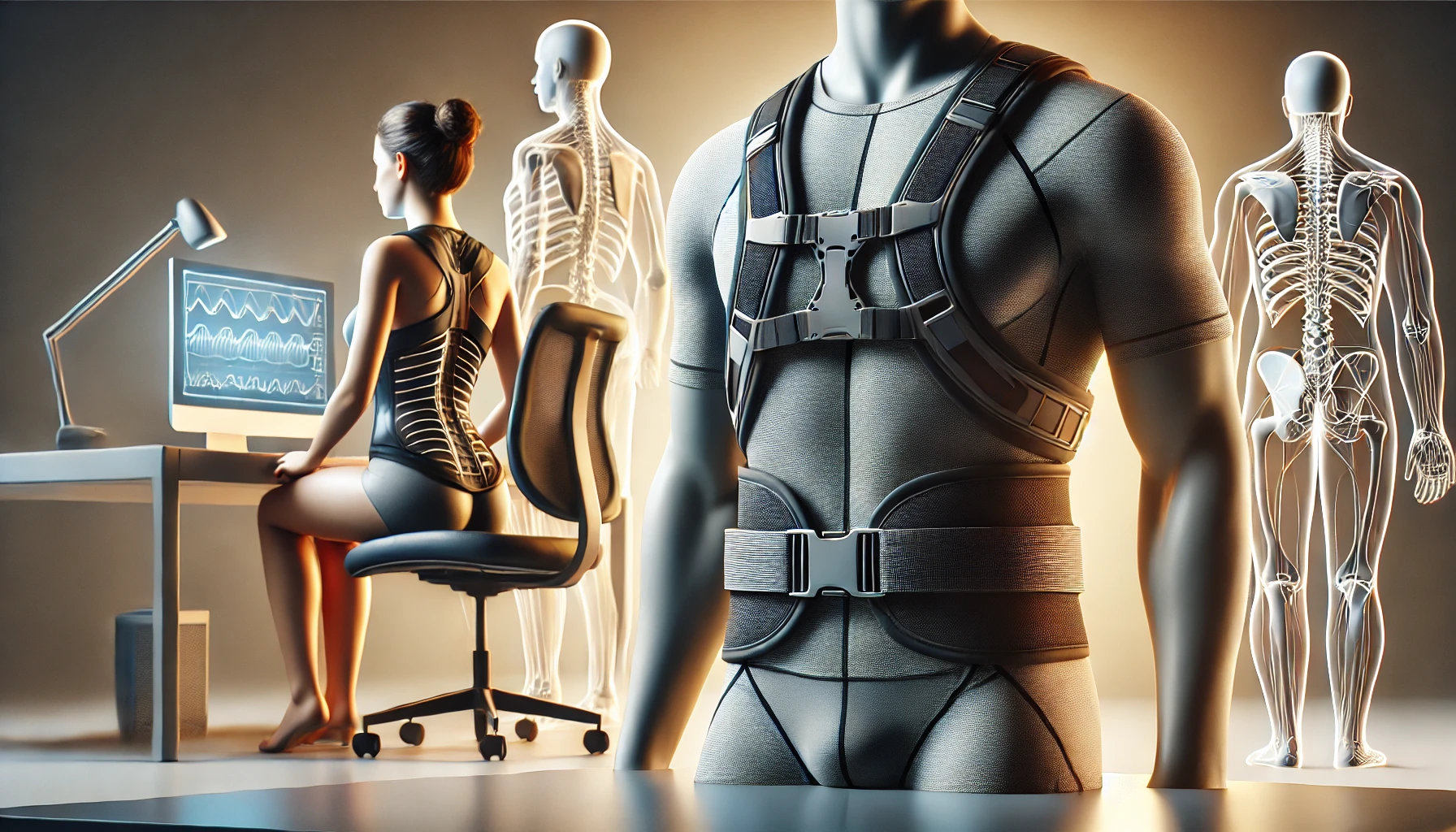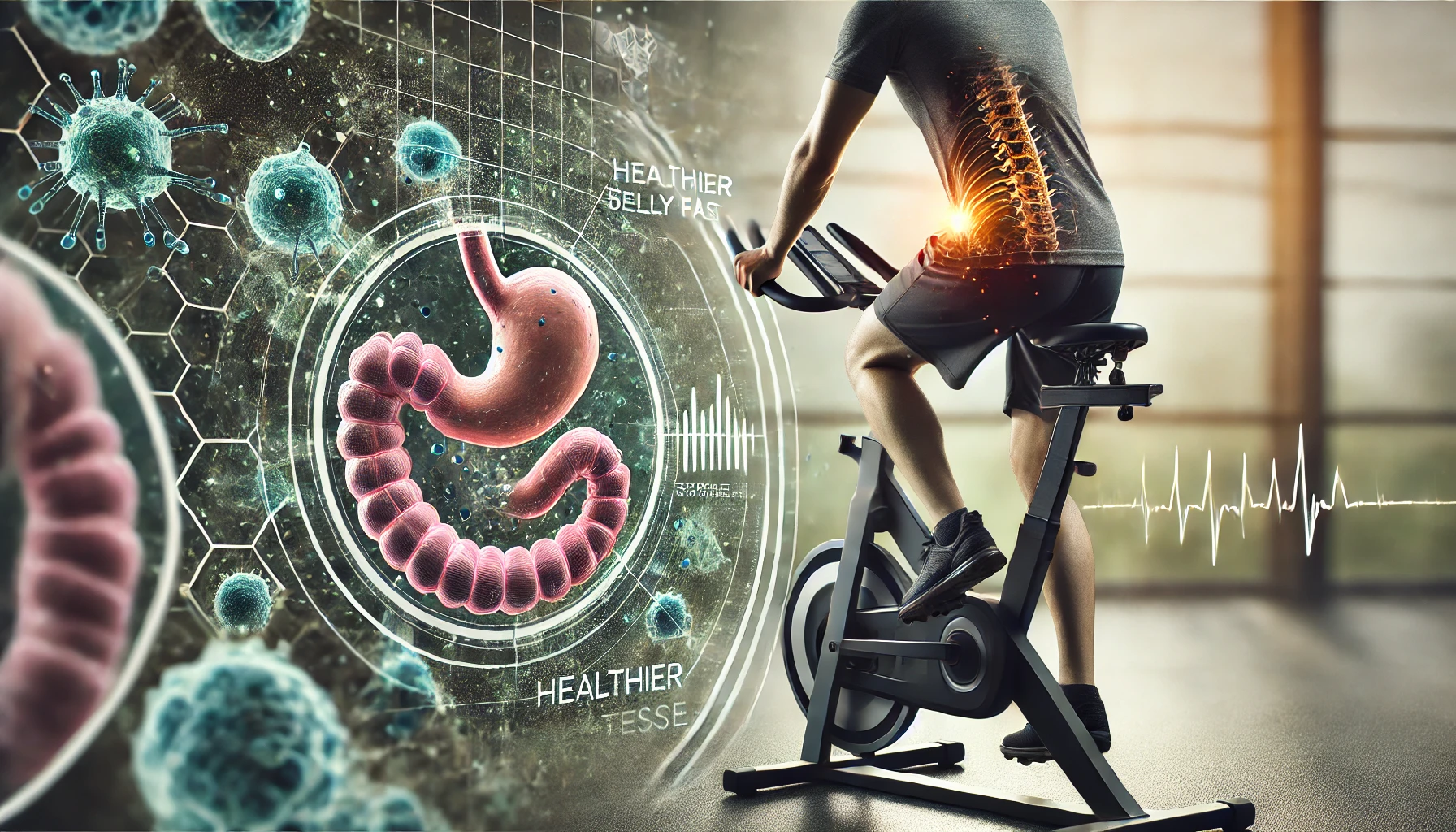Top Body Posture Correctors for Confidence and Ease: A Complete Guide to Better Posture
In today’s fast-paced, technology-driven world, many of us spend hours slouched over desks or staring at screens, which can lead to poor posture and long-term health problems. Issues such as lower back pain, neck strain, and spinal misalignment are becoming increasingly common. According to the National Center for Health Statistics, around 619 million people globally are affected by lower back pain, making it the leading cause of disability.
Improving your posture not only enhances your appearance but can also significantly improve your overall health. One way to do this is by using body posture correctors, which are designed to realign your spine, support your muscles, and reduce strain on your neck, shoulders, and back.
In this blog, we will explore the different types of posture correctors, their benefits, and how they can help you walk with confidence and ease.
Why Posture Matters
Your posture has a profound impact on your health. Slouching or craning your neck forward can lead to muscle imbalances, increased pressure on your spine, and chronic pain over time. Here are a few reasons why maintaining good posture is essential:
- Prevents pain: Poor posture can lead to neck, shoulder, and lower back pain, as well as more serious issues like spinal misalignment.
- Improves appearance: Good posture helps you stand taller and walk with more confidence.
- Boosts breathing: Slouching restricts your lung capacity, but sitting or standing upright can improve your breathing and oxygen intake.
- Enhances digestion: Poor posture can compress your internal organs, affecting digestion. Proper alignment of your spine allows your organs to function more efficiently.
- Prevents long-term damage: Correcting your posture can reduce the risk of developing chronic pain or conditions like carpal tunnel syndrome or sciatica.
Common Causes of Poor Posture
Several habits and daily activities can contribute to poor posture, including:
- Spending extended periods sitting at a desk.
- Looking down at screens (e.g., phones or computers) for long periods.
- Lack of regular movement and stretching.
- Weak core muscles or imbalanced muscle groups.
- Inadequate ergonomic support while working or sleeping.
By recognizing and addressing these habits, you can take steps to improve your posture. Incorporating posture correctors into your routine is one effective way to do this.
How Posture Correctors Help
Posture correctors are designed to provide support and help you maintain proper spinal alignment throughout the day. They come in a variety of forms, including back braces, straps, and ergonomic shirts, and are used to relieve pain, realign the spine, and train the muscles.
Wearing a posture corrector regularly can help:
- Reduce pressure on the back, neck, and shoulders.
- Prevent slouching or hunching.
- Improve balance and coordination.
- Enhance muscle memory to maintain good posture without the brace over time.
While these devices are helpful, it’s important to note that they should not be relied on as a long-term solution. Instead, they should be used as a tool to train your body to naturally adopt better posture.
Types of Posture Correctors
There are several types of posture correctors available, each designed to target different needs. Here’s an overview of the most common options:
- Back Braces
- Purpose: Provides full support to the spine and shoulders, helping to correct slouching and hunching.
- Best for: Individuals with severe posture problems or those recovering from injuries.
- Benefits: Offers maximum support and stabilizes the back to relieve pressure and pain.
- Posture Straps
- Purpose: Simple straps that help pull your shoulders back to correct forward head posture and rounded shoulders.
- Best for: Individuals with mild posture issues who need gentle support.
- Benefits: Lightweight, easy to wear under clothing, and effective for correcting shoulder slouching.
- Ergonomic Shirts
- Purpose: Specially designed shirts that incorporate built-in support for the back and shoulders.
- Best for: Those who prefer a discreet, all-day solution to improve posture.
- Benefits: Comfortable, breathable, and can be worn as regular clothing while promoting good posture.
- Lumbar Support Belts
- Purpose: Supports the lower back and promotes proper spinal alignment.
- Best for: Individuals who experience lower back pain or need extra support during physical activities.
- Benefits: Provides relief from lower back strain and encourages proper posture while sitting or standing for extended periods.
- Smart Posture Devices
- Purpose: These devices use sensors to alert you when you start slouching.
- Best for: Tech-savvy individuals who want real-time feedback on their posture.
- Benefits: Helps create awareness of posture and promotes active correction throughout the day.
How to Choose the Right Posture Corrector
When selecting a posture corrector, it’s essential to consider your specific needs and preferences. Here are a few factors to keep in mind:
- Material Quality
- Choose a posture corrector made from durable and breathable fabric. This ensures comfort, especially if you’ll be wearing it for long periods. Look for materials that are soft and gentle on the skin to avoid irritation.
- Adjustability
- Ensure the corrector is adjustable, allowing you to customize the fit to your body. A well-fitted posture corrector should be snug but not too tight, providing support without restricting movement or causing discomfort.
- Comfort and Ease of Use
- Since you’ll likely be wearing the posture corrector under clothing or during daily activities, comfort is key. Look for lightweight, comfortable designs that won’t hinder your routine.
- Multiple Features
- Some posture correctors offer additional features, such as lumbar support or ergonomic enhancements. These multi-functional products can provide better value and support for various areas of your back and spine.
- Consultation with a Healthcare Professional
- If you have any pre-existing medical conditions, it’s important to consult with a healthcare provider before using a posture corrector. They can guide you on the best type of support for your specific needs.
Top Posture Correctors on the Market
Here are some of the top-rated posture correctors that can help improve your posture and support your back:
- Truweo Posture Corrector
- Best for: Shoulder and upper back support.
- Features: Lightweight and adjustable, this posture corrector gently pulls your shoulders back to improve your posture without causing discomfort.
- BackEmbrace Posture Corrector
- Best for: Comfortable, everyday use.
- Features: Made with breathable, flexible material, it provides discreet support that you can wear under clothing all day.
- Upright GO 2 Smart Posture Trainer
- Best for: Real-time posture feedback.
- Features: This tech device uses gentle vibrations to remind you when you’re slouching, helping you actively correct your posture throughout the day.
- FlexGuard Support Back Brace
- Best for: Full back support and posture correction.
- Features: This back brace offers maximum support for the spine, shoulders, and lower back, making it ideal for individuals with more severe posture issues.
- Evocrest Posture Corrector
- Best for: Lumbar support and all-day wear.
- Features: Adjustable, durable, and comfortable, this brace supports both the upper and lower back to improve posture and relieve back pain.
Conclusion: Stand Tall and Confident with the Right Posture Corrector
Improving your posture is a vital step toward better health, reduced pain, and enhanced confidence. Posture correctors offer an effective and convenient solution to support your back, realign your spine, and train your muscles for better posture. Whether you need a back brace, posture strap, or an ergonomic shirt, there are options available to suit every need.
By choosing the right posture corrector, you can walk with confidence, reduce discomfort, and take a proactive step toward better spinal health. Just remember to use posture correctors as a tool to build lasting muscle memory and improve your posture naturally over time.



